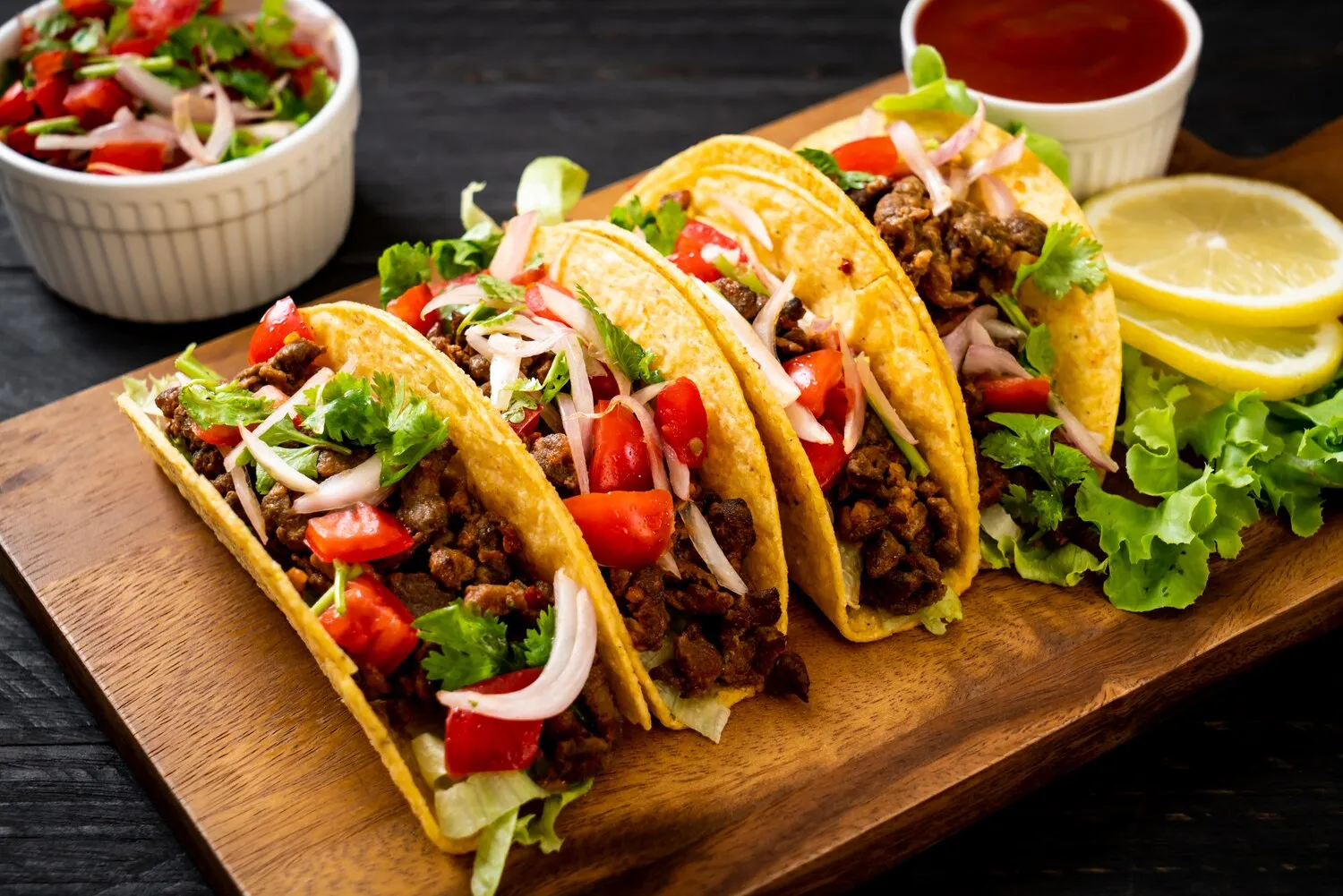
Tamales
Authentic Mexican tamales, available with various fillings. The exact fillings vary.
Nutrition Facts
* The % Daily Value (DV) tells you how much a nutrient in a serving of food contributes to a daily diet. 2,000 calories a day is used for general nutrition advice.
Tamales boast a rich history dating back thousands of years to pre-Columbian Mesoamerica. Archaeological evidence suggests they were consumed as early as 8000-5000 BC. They were a staple food for civilizations like the Maya and Aztec, used in religious ceremonies, offered to gods, and provided sustenance for travelers and armies. Ingredients and preparation methods varied regionally based on available resources and cultural preferences. The arrival of Europeans brought new ingredients like pork and cheese, which were incorporated into some regional variations.
Tamales are deeply embedded in the cultural fabric of many Latin American countries, particularly Mexico. They represent tradition, family, and celebration.
Celebrations and Festivities
Tamales are frequently prepared and enjoyed during special occasions like Christmas, Día de los Muertos (Day of the Dead), baptisms, weddings, and birthdays. The preparation itself is often a communal activity, with families gathering to share stories and traditions.
Regional Variations
The vast diversity of tamales across different regions reflects the unique culinary traditions and available ingredients. Different regions use distinct types of masa, fillings, and wrappings. For example, Oaxaca is known for its mole-filled tamales wrapped in banana leaves, while other regions might use corn husks and simpler fillings.
Community and Family
Tamale-making is often a multi-generational activity, with grandmothers passing down their recipes and techniques to younger generations. The process of making tamales is a symbol of family unity and shared heritage.
Tamales offer a complex interplay of flavors, primarily savory with earthy corn notes, enriched by the filling and often a spicy kick from chilies.
The flavor profile of tamales hinges on several key components. The masa (corn dough) provides a grounding, earthy corn flavor. The fillings, often pork or chicken, are typically seasoned with chili peppers (such as ancho, guajillo, or pasilla) and spices like cumin, garlic, and oregano, contributing savory, smoky, and sometimes spicy notes. The wrapping, typically corn husks or banana leaves, imparts a subtle, vegetal aroma and flavor that complements the other elements. Different regions and individual cooks add their unique touches, leading to variations in sweetness, spiciness, and richness.
Masa Consistency
Achieving the right consistency for the masa is key. It should be light and airy, similar to cake batter. Overworking the masa can result in dense tamales.
Wrapping Technique
Properly wrapping the tamales ensures they hold their shape and cook evenly. The husks or leaves should be tightly sealed to prevent water from seeping in during steaming. Practice makes perfect!
Steaming Time
Steaming tamales for the appropriate amount of time is essential for cooking the masa thoroughly. Check for doneness by ensuring the masa pulls away cleanly from the husk or leaf.
Fillings
Don't overstuff the tamales. Too much filling can prevent the masa from cooking properly and can also cause the tamale to burst open.
Explore additional Mexican Street Food dishes and restaurants
Explore Mexican Street FoodDiscover top dining spots and culinary experiences in Montréal.
Explore MontréalLearn more about the food culture, restaurant scene, and culinary heritage of Canada.
Explore Canada